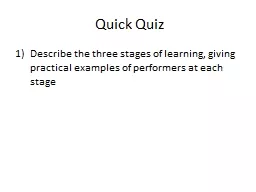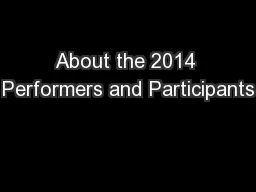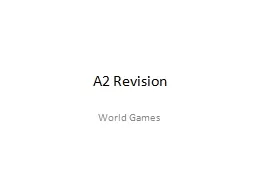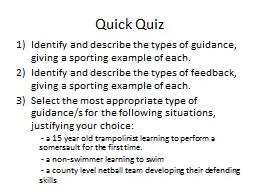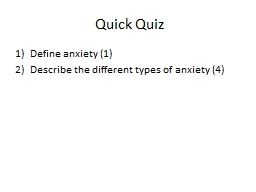PPT-Quick Quiz Describe the three stages of learning, giving practical examples of performers
Author : StarDust | Published Date : 2022-08-02
Psychological factors affecting performance Skill acquisition Guidance and Feedback 6 Learning Objectives Learning Objective Understand the use of different types
Presentation Embed Code
Download Presentation
Download Presentation The PPT/PDF document "Quick Quiz Describe the three stages of ..." is the property of its rightful owner. Permission is granted to download and print the materials on this website for personal, non-commercial use only, and to display it on your personal computer provided you do not modify the materials and that you retain all copyright notices contained in the materials. By downloading content from our website, you accept the terms of this agreement.
Quick Quiz Describe the three stages of learning, giving practical examples of performers: Transcript
Download Rules Of Document
"Quick Quiz Describe the three stages of learning, giving practical examples of performers"The content belongs to its owner. You may download and print it for personal use, without modification, and keep all copyright notices. By downloading, you agree to these terms.
Related Documents

